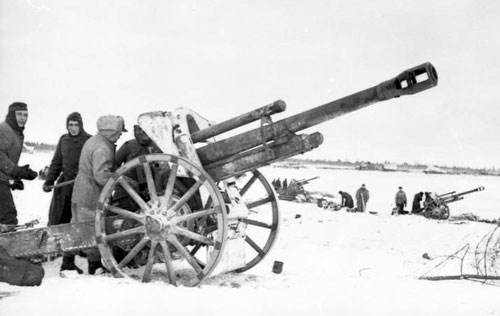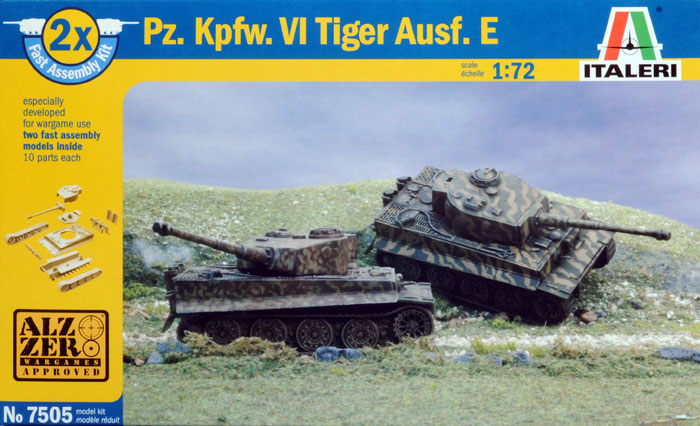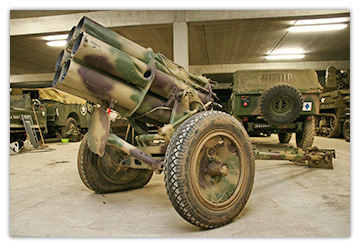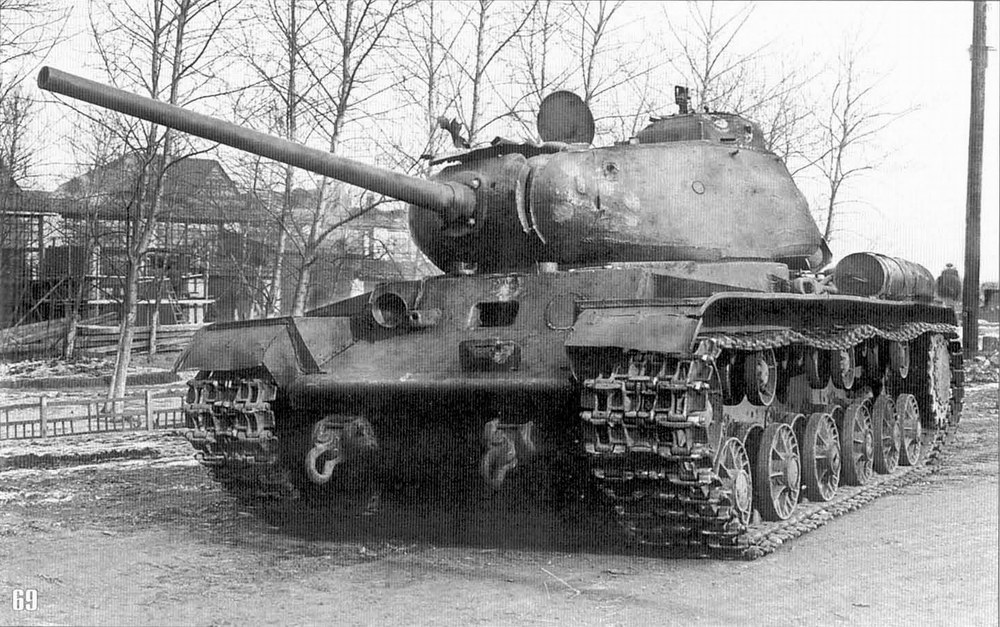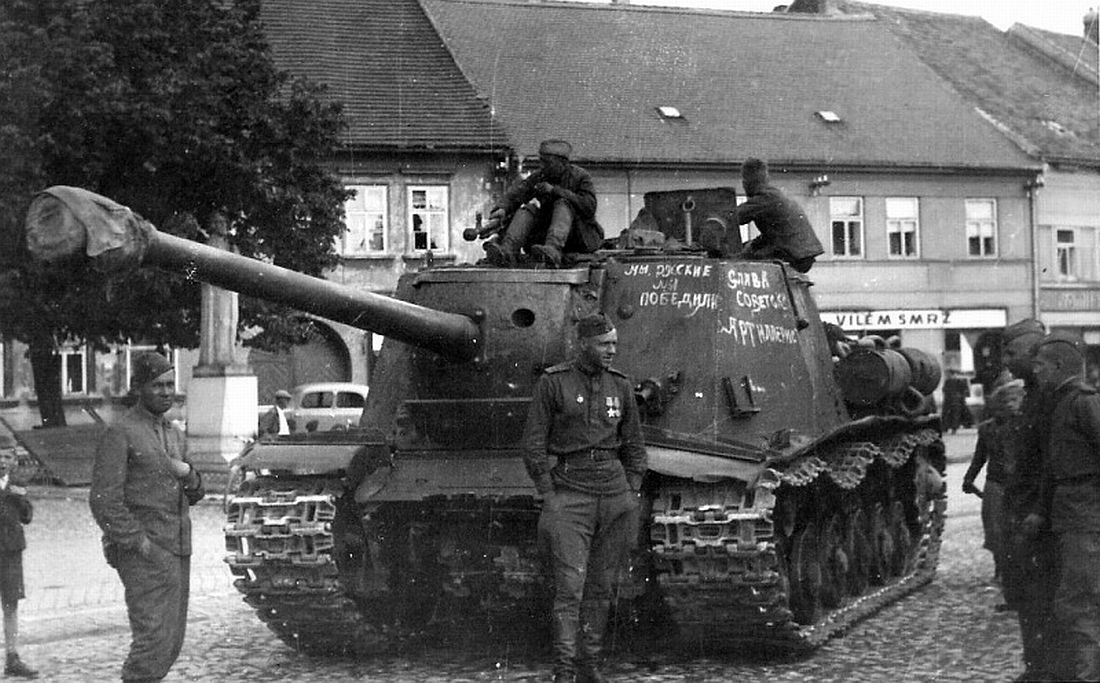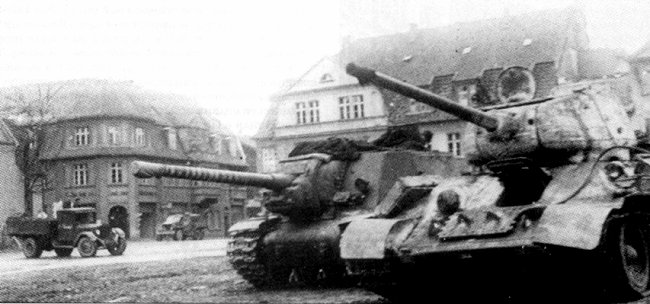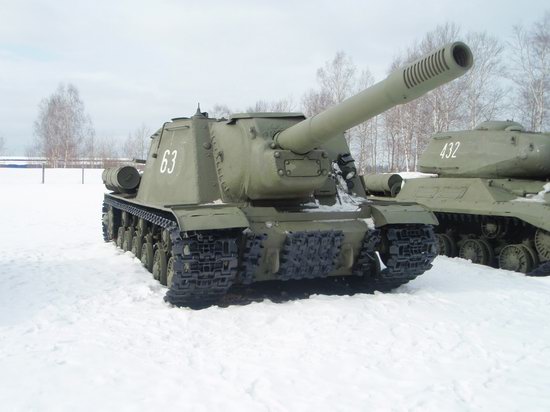Divisional Support for Strelkovy and Tankovy (...and more Germans)
I purchased a grab-box of German and Soviet models from TradeMe (EBay equivalent in NZ) this week, collected it from the trader on Fiday. It turns out that he is as badly afflicted by Model Obsession as I am!
And he also deals in models! Mostly Italeri. Everything from figures through armour. Mostly WW2 German, but some Italian and Soviet too.
(I always smile at the term gun "servants" on Italeri and Zvezda kits)
The grab-box contained the Nebelwerfers (mostly built) I was mostly after. (Think they may be Hasegawa Correction: ESCI kits); a number of 88 mm Flak guns some built, some unbuilt, a 25 pounder field gun and limber (No Tractor, though), 2 IS-2 Heavy tanks (Yay!) 2 x Zis 3 AT guns and crews, 10 (yes ten) built but not painted Panthers, 4 Tigers, a painted Puma armoured car, King Tiger and Panther.
Unfortunately these are painted in Western Front Summer Camo, and won't fit with my Autumn themed armies, so out came the spray can last night, and they are already base-coated panzer grey. I am also still working on the Armourfast Jagdpanthers and Cromwells.
(More about the Nebelwerfers in a later post)
Further contents of the box turned out to be a wad of sprues with really useful bits on them, unbuilt Panther (I now have Panthers coming out my ears...) several Hasegawa German Infantry sets, a partly painted Russian Winter Infantry set, and, and...
Couldn't stop myself, and bought another 2 sets of ZIS-3 guns to make up a whole company of 6 guns and 2 more IS-2s, which will bring the number of these in my Tankovy up to 7 now.
Got all of the built models out on the bench last night, and resolved to get out the airbrush!
As usual this also inspired me to look up the history of the ZIS gun:
The 76-mm divisional gun M1942 (ZiS-3) (Russian: 76-мм дивизионная пушка обр. 1942 г. (ЗиС-3)) was a Soviet 76.2 mm divisional field gun used during World War II. ZiS was a factory designation and stood for Zavod imeni Stalina ("factory named after Stalin"), the honorific title of Artillery Factory No. 92, which first constructed this gun.
The design of ZiS-3 started in the end of 1940 on the Artillery Factory No. 92 under supervision of V. G. Grabin, the chief designer of medium caliber Soviet guns. There was no order for this work; moreover, at this time the attitude toward such development programs on the part of artillery commanders, such as Marshal Kulik, the head officer of Soviet artillery, was extremely negative.
The project was run purely on the initiative of Grabin, his design bureau and the Artillery Factory No. 92 head and his deputies. None of them informed state authorities (i.e. Marshal Kulik) about the ZiS-3 project.
The ZiS-3 was a combination of the light carriage from the 57 mm ZiS-2 anti-tank gun and a powerful 76.2 mm barrel from the previous divisional field gun F-22USV. In order to decrease the gun's recoil a muzzle brake was installed. This allowed the barrel to be mounted on a relatively light carriage without the risk of mechanical damage when firing. Many parts of the gun were cast, stamped or welded in order to reduce the amount of machine work. As a result, the amount of work required to construct a single ZiS-3 gun was three times less than that of the F-22USV gun. Furthermore, the cost to produce a ZiS-3 gun was only two thirds that of an F-22USV.
After having been built, the first ZiS-3 gun was hidden from the watchful eyes of state authorities, who continued to ignore the Red Army's need for light and medium field guns. The authorities' main argument was the information that German heavy tanks carried exceptionally strong armour. In reality Germany did not have such tanks in early 1941 and this misinformation was the result of successful Nazi propaganda.. Marshal Kulik had believed the propaganda and sent orders to stop the production of light 45 mm anti-tank guns and 76.2 mm divisional field guns.
Early in the war German tanks had weaker armour than was anticipated. Some were even vulnerable to large caliber DShK machine guns. Pre-war models of 76 mm divisional guns penetrated German vehicles with ease, but almost all these guns were lost in battles or captured by Germans in holding facilities. Some of them were later used against Soviet forces as different kinds of Panzerjaeger tank-hunter self-propelled guns.
Tiger Tank and captured ZiS 3 guns late-war
Marshal Kulik ordered that mass production of 76.2 mm divisional field F-22USV guns be relaunched. Grabin and the head staff of Artillery Factory No. 92 decided to organize the mass production of ZiS-3 guns instead of F-22USVs. They succeeded, but ZiS-3 was not officially tested and adopted for Red Army service.
Red Army soldiers were in urgent need of these guns, the guns themselves were fine and numerous due to improved production technology, but all of them were in stock at Artillery Factory No. 92, since the military representatives refused to receive non-official guns. After some internal struggle between Grabin's team and military representatives, ZiS-3 guns were finally transferred to the Red Army under personal responsibility of Grabin and Artillery Factory No. 92 head staff.
Combat experience showed the superiority of ZiS-3 over all other types of divisional level field guns. This allowed the ZiS-3 to be presented to a group of state authorities headed by Joseph Stalin and thus obtain all the needed approval. After the demonstration was over Stalin said: "This gun is a masterpiece of artillery systems design."
There was a five-day official state test run in February 1942. The result of this test was quite clear - ZiS-3 was adopted by the Red Army as divisional field gun model 1942 (full official name).
Grabin and his team soon begun to improve on the technology used in the ZiS-3 mass production. Artillery Factory No. 92 was equipped by conveyor assembly lines, which allowed the factory to produce ZiS-3 in even greater numbers with a low qualification workforce but without significant quality loss. Experienced laborers and engineers worked on complicated equipment and served as brigade leaders. Some of the young men who worked on Artillery Factory No. 92 were exempt from conscription. They learned the production process well and became high quality workers and engineers. This was yet another boost for the ZiS-3 production volume. As a result, at the end of World War II, ZiS-3 was the most numerous Soviet Army field gun. The total number of ZiS-3s produced exceeded 103,000 pieces.

Soviet soldiers liked ZiS-3 guns for their extreme reliability, durability, and accuracy. It was easy to maintain these guns and train novice crews with them. Light carriage allowed the ZiS-3 to be towed by trucks and heavy jeeps (such as the American lend-leased Dodge 3/4) or even hauled by the crew.
ZiS-3 had good anti-armour capabilities, it could knock out any German light and medium tank with its armour-piercing round. The appearance of the Tiger I and later the Panther, however, made the lives of ZiS-3 crews much harder, for their frontal armour was immune except for some small ballistic windows.
A battery of ZiS-3 consisted of four guns, with three batteries combined into a division, or battalion. Independent anti-tank regiments consisted of six batteries with no divisions. In addition to the gun batteries there was a staff battery which included a fire control section.






















